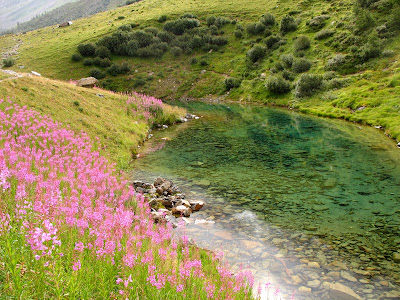Squirtle Data...

Just wanted to share with you something my students came up with recently...a way to keep track of how much Squirtle was being fed. Hmmm....let me back track a bit. One day last week, one of my students noticed that Squirtle was shedding a bit on his neck. He asked me why and naturally, I had no clue...so he googled it. (By the way is google a verb now?) He found out that it could be happening because we were feeding Squirtle too much protein. Again, let me back track....when we first got Squritle in January the turtle went into hibernation b/c my classroom was so cold. (yes, it is true...) He didn't eat for the first two months I had him... Then with the help of our maintenance worker and water specialist, we moved him from a dry tank to a wet tank. Guess what? Squirtle woke up! Tom also suggested that we feed him worms...as Squirtle kept turning up his nose at fish and shrimp that the pet store had recommended. He loved them...once he started eating, we started feeding h










